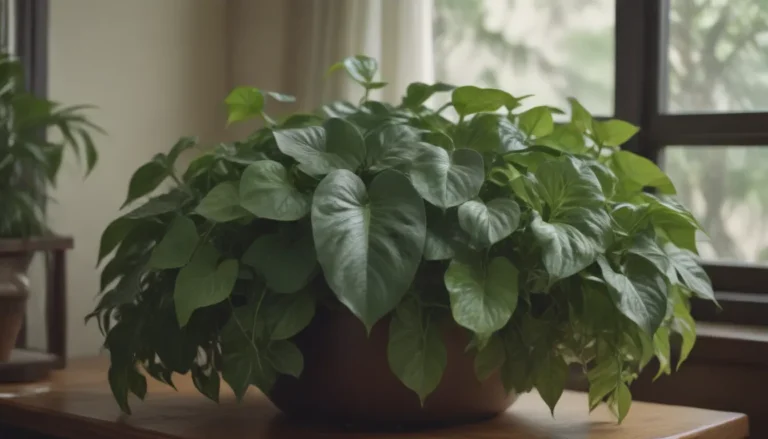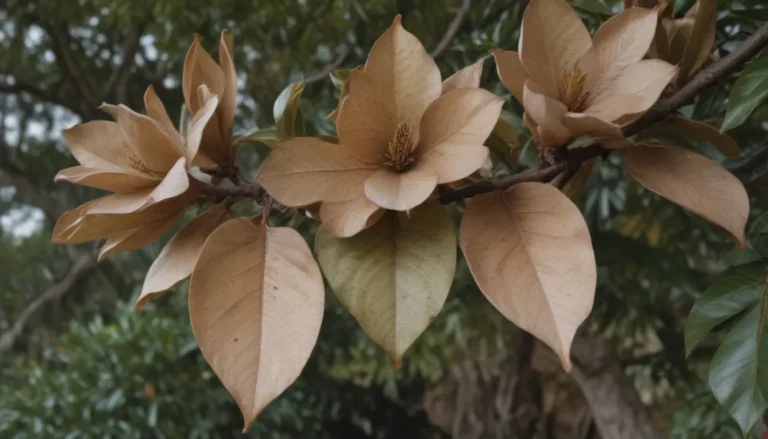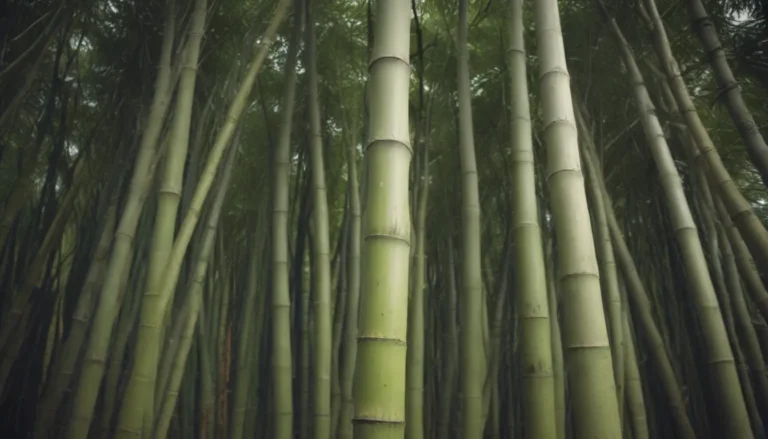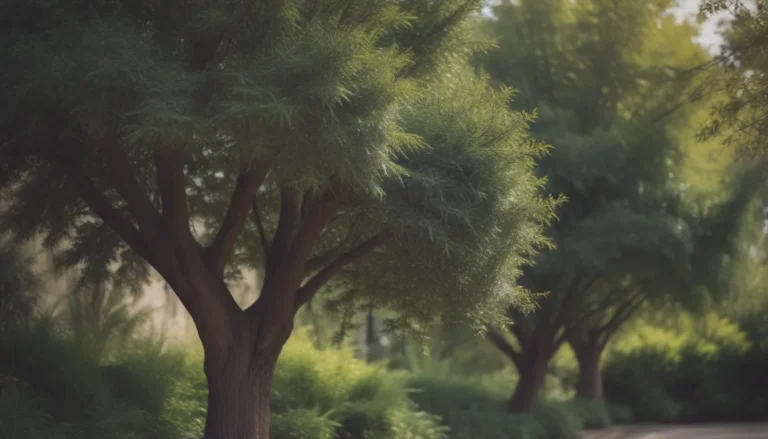Choosing Low-Light Succulents: A Comprehensive Guide
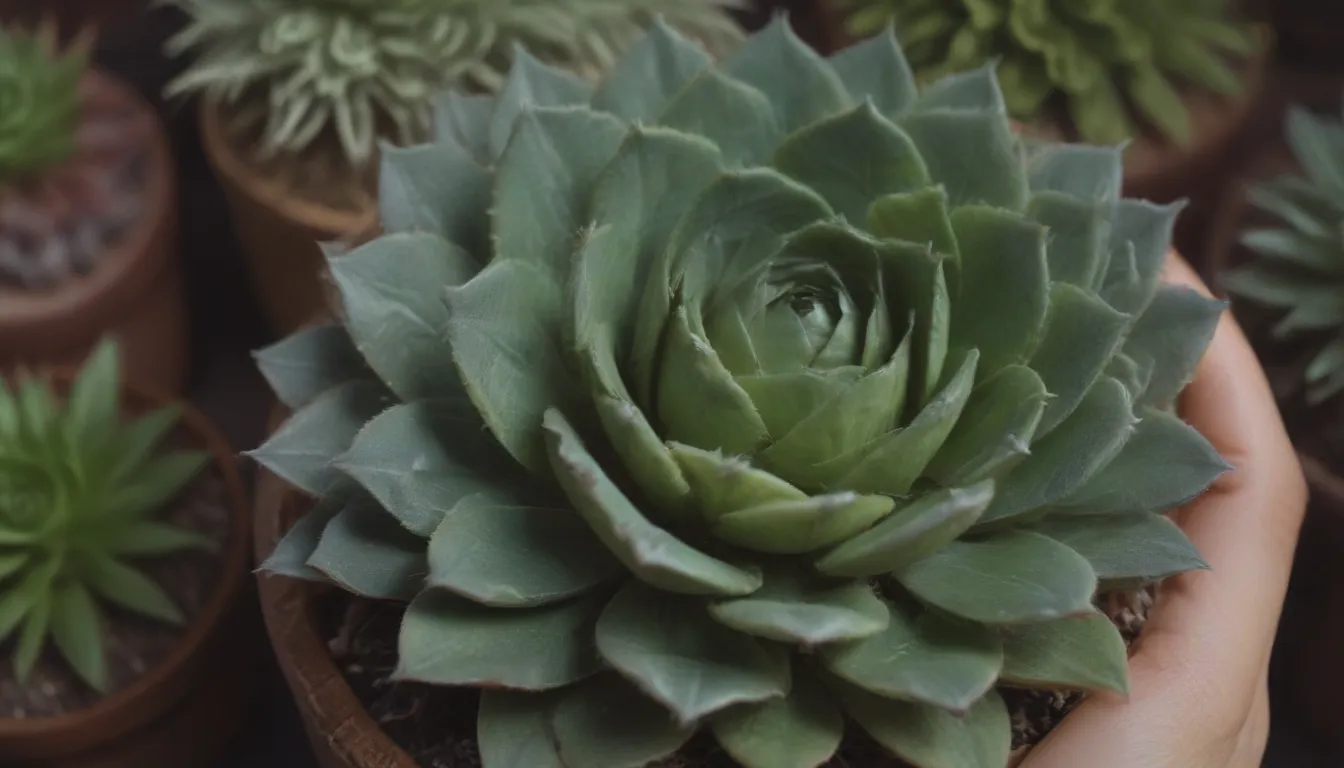
Are you in love with succulents but worried about not having enough bright light in your home? Fear not! There are plenty of low-light succulents that can thrive even in less-than-ideal conditions. While they may not grow as quickly or robustly as they would in bright light, these plants are perfect for those dimly lit corners of your living space.
Succulents are known for their water-storing abilities, making them ideal for those who tend to forget about watering their plants. Once you understand their basic needs, they are incredibly easy to care for. In this article, we will explore a variety of low-light succulents that can add a touch of greenery to your home, even in the darkest of spaces.
Can Succulents Grow in Low Light?
The answer is yes! Succulents can indeed grow in low light, although they may not thrive as much as they would in bright, indirect light. It’s important to note that they do require some light to survive, so try to find a partially shaded spot for them. While they may become slightly leggy as they stretch towards the light, you can always trim and propagate them to maintain a more compact appearance.
Low-Light Succulents to Consider
Let’s take a closer look at some low-light succulents that can brighten up your home without the need for direct sunlight:
- Desert Rose
- Name: Desert Rose
- Light: Low light
- Soil: Well-draining
-
Mature Size: Varies
-
Aloe Vera
- Name: Aloe Vera
- Light: Low light
- Soil: Well-draining
-
Mature Size: Varies
-
African Milk Tree
- Name: African Milk Tree
- Light: Low light
- Soil: Well-draining
-
Mature Size: Varies
-
Burro’s Tail
- Name: Burro’s Tail
- Light: Low light
- Soil: Well-draining
-
Mature Size: Varies
-
Bear Paw
- Name: Bear Paw
- Light: Low light
- Soil: Well-draining
-
Mature Size: Varies
-
Cylindrical Snake Plant
- Name: Cylindrical Snake Plant
- Light: Low light
- Soil: Well-draining
-
Mature Size: Varies
-
Jade Plant
- Name: Jade Plant
- Light: Low light
- Soil: Well-draining
-
Mature Size: Varies
-
Christmas Cactus
- Name: Christmas Cactus
- Light: Low light
- Soil: Well-draining
-
Mature Size: Varies
-
Ox Tongue
- Name: Ox Tongue
- Light: Low light
- Soil: Well-draining
-
Mature Size: Varies
-
String of Hearts
- Name: String of Hearts
- Light: Low light
- Soil: Well-draining
-
Mature Size: Varies
-
Zebra Plant
- Name: Zebra Plant
- Light: Low light
- Soil: Well-draining
-
Mature Size: Varies
-
ZZ Plant
- Name: ZZ Plant
- Light: Low light
- Soil: Well-draining
-
Mature Size: Varies
-
Panda Plant
- Name: Panda Plant
- Light: Low light
- Soil: Well-draining
-
Mature Size: Varies
-
Mistletoe Cactus
- Name: Mistletoe Cactus
- Light: Low light
- Soil: Well-draining
-
Mature Size: Varies
-
Ponytail Palm
- Name: Ponytail Palm
- Light: Low light
- Soil: Well-draining
-
Mature Size: Varies
-
Snake Plant
- Name: Snake Plant
- Light: Low light
- Soil: Well-draining
- Mature Size: Varies
These low-light succulents come in various shapes, sizes, and colors, making them a perfect addition to any indoor garden. Whether you’re a beginner or a seasoned plant parent, there’s a low-light succulent out there for you.
Tips for Caring for Low-Light Succulents
While low-light succulents are relatively easy to care for, there are a few tips to keep in mind to ensure they thrive in their environment:
-
Water sparingly: Succulents are drought-tolerant plants, so be sure not to overwater them. Allow the soil to dry out completely between waterings to prevent root rot.
-
Provide well-draining soil: Succulents prefer soil that drains quickly to prevent waterlogging, which can lead to root rot. Consider using a cactus or succulent mix for optimal drainage.
-
Monitor light levels: While low-light succulents can survive in dimmer conditions, they still need some access to light. Keep an eye on their growth and adjust their position if they start to stretch towards the light source.
-
Avoid direct sunlight: While succulents enjoy some light, direct sunlight can be too harsh for many low-light varieties. Keep them in a partially shaded area to prevent sunburn.
-
Prune and propagate: If your succulents become leggy or overgrown, don’t be afraid to trim them back. You can propagate the cuttings to create new plants and maintain a more compact shape.
By following these simple tips, you can enjoy healthy, thriving low-light succulents in your home.
Additional Low-Light Succulents to Explore
In addition to the succulents mentioned above, there are plenty of other low-light varieties to consider for your indoor garden:
- Haworthia
- Pincushion Cactus
- Pachyphytum
- Hoya
These low-light succulents come in a variety of shapes and colors, adding interest and beauty to any space. Explore different species to find the perfect fit for your home.
Final Thoughts
Low-light succulents are a fantastic option for those looking to add some greenery to their home without the need for bright sunlight. With their unique shapes, colors, and textures, these plants can thrive in dimly lit areas, brightening up even the darkest corners.
Whether you’re a beginner or a seasoned plant parent, there’s a low-light succulent out there for you. By following the tips outlined in this article and exploring different species, you can create a thriving indoor garden filled with beautiful succulents that will bring joy and life to your space.
So go ahead, bring home some low-light succulents and enjoy the beauty and tranquility they bring to your home! With a little care and attention, these unique plants will reward you with their stunning foliage and easy maintenance. Happy planting!

